Publications
Scientific article
2024
2023
2022
2021
Conference paper
2024
2023
2022
2021
Popular science article
2020
2018
2017
2016
2015
International projects
Horizon Europe
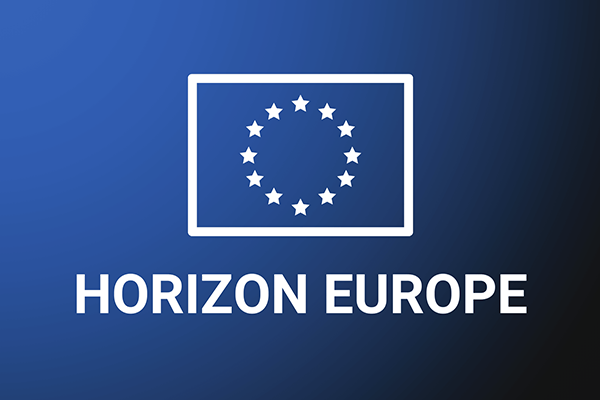
Increasing further the safety of light water nuclear reactors in the new operating conditions induced by their integration in a more varied energy mix brings many new challenges for fMore

Small Modular Reactors (SMR) are one of the key options for the near-term deployment of new nuclear reactors. Currently in Europe there is a growing interest towards the deployment ofMore
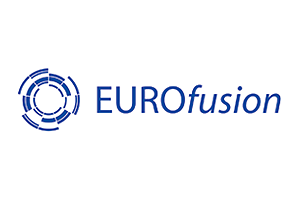
EUROfusion’s updated Fusion Research Roadmap aims to acquire the necessary knowledge to start constructing a demonstration fusion power plant (DEMO) five years after ITER is in full-pMore
Horizon 2020
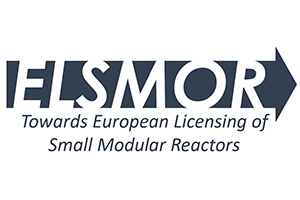
ELSMOR (towards European Lisencing of Small MOdular Reactors) aims to create methods and tools for the European stakeholders to assess and verify the safety of light water small modulMore
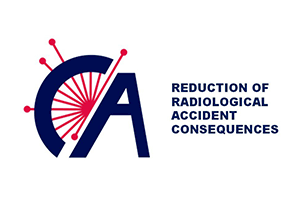
The Reduction of Radiological Consequences of design basis and extension Accidents (R2CA) is an EU H2020 project launched in September 2019. It will run for four years and is coordinaMore
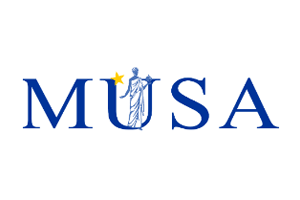
The overall objective of the MUSA project is to assess the capability of SA codes when modelling reactor and SFP accident scenarios of GEN II, GEN III and GEN III+ reactor designs. ToMore
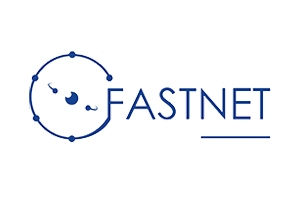
The FASTNET project is a four-years European project funded by the Euratom Research and Training Programme 2014-2018. This project has received funding from the Euratom research and tMore

The region of the European Union around the Baltic sea especially the countries Estonia, Latvia and Lithuania are not adequately integrated to the European electricity grid. At the enMore
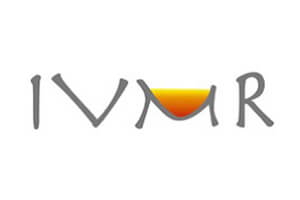
The goal of the project is an analysis of the applicability and technical feasibility of the IVMR strategy to high power reactors, both for existing ones (e.g. VVER 1000 type 320 unitMore

EUROfusion, the ‘European Consortium for the Development of Fusion Energy’, manages and funds European fusion research activities on behalf of Euratom. Thirty members*, representing More
Seventh Framework Programme (FP7)
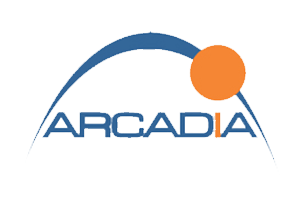
The ARCADIA project has been conceived so as to provide a twofold support to the further development of nuclear research programs in the NMS, targeting two major areas included in theMore
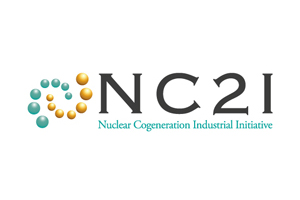
The strategic objective of NC2I-R is to structure the European public and private R&D capabilities for delivering a nuclear cogeneration demonstrator fully meeting the market needMore
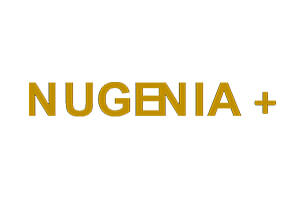
The objective of the NUGENIA+ project is to support the NUGENIA Association in its role to coordinate and integrate European research on safety of the Gen II and III nuclear installatMore
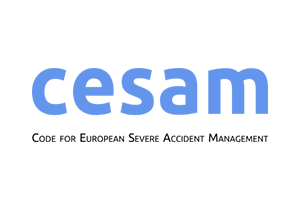
The Fukushima accidents highlighted that both the in-depth understanding of such sequences and the development or improvement of adequate severe accident management measures is essentMore
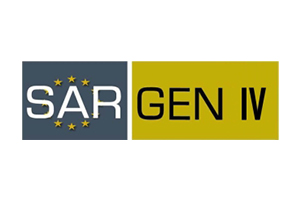
The European Sustainable Nuclear Industrial Initiative was launched in November 2010 to anticipate the development a fleet of fast reactors with closed cycle. Three fast neutron technMore
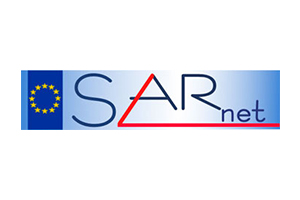
Most of the actors involved in severe accident research in Europe, plus Canada, Korea and the United States (41 partners), will network in SARNET2 (Severe Accident Research NETwork ofMore
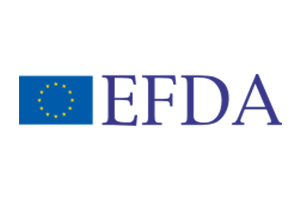
Today, about 80% of all energy produced comes from the fossil fuel (oil, carbon, and natural gas). European scientists are developing environmentally friendly, safe, and renewable eneMore
IAEA
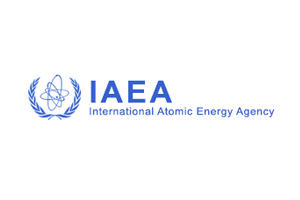
Two Russian design channel-type graphite-moderated boiling water reactors (RBMK-1500) were shut down for decommissioning in 2004 (Unit 1) and 2009 (Unit 2) at the Ignalina Nuclear PowMore

In order to assess the ability of spent fuel assemblies to meet the requirements for transition from one back end fuel cycle step to another, certain characteristics have to be known More

The Coordinated Research Project (CRP) aims to progress the understanding and modelling and simulation of major physical phenomena occurring in the strategy of In-Vessel Melt RetentioMore

Description - Advanced understanding of the status and capabilities of multi-physics/multi-scale simulation tools in modeling propagation and consequences of severe accidents in advaMore

Investigations will be performed for the two types of passive systems: when the final heat sink is water, when the final heat sink is air. In the frame of this IAEA CoordinMore





